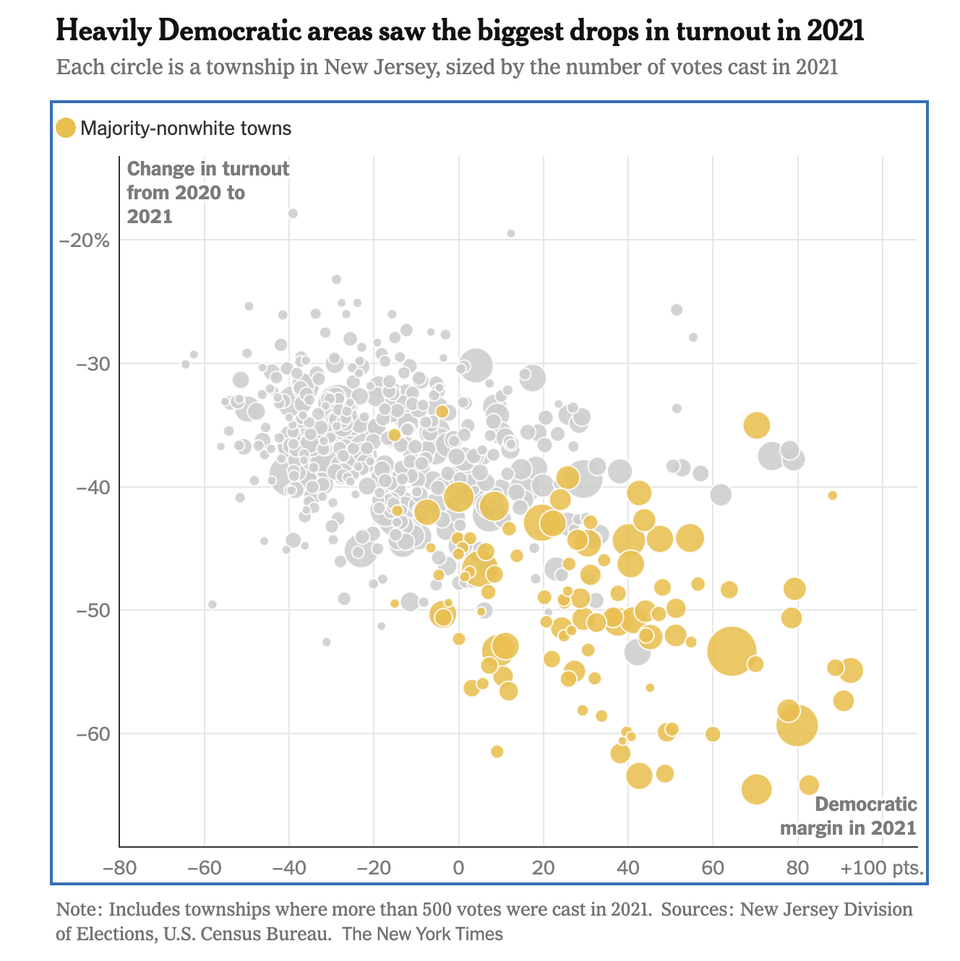The paradox of screening 2
While responding to PHC's comment on my previous post, I found some data which allows me to make the statistical case for sharply curtailing the use of PSA screening, which is behind Dr. Ablin's argument.
Prostate cancer affects 16% of American men (according to Ablin). If every male is screened, 84% of the screening pool are healthy. Two-thirds of these healthy people will be told they have cancer. In other words, 56% (2/3 of 84%) of the screening pool are healthy people with positive PSA results. Eighty percent of the sick will also test positive, and that's almost 13% of the screening population. Adding those two, we expect 69% of the screening population to be told they have cancer but only 13% in fact have cancer. If you are one of these testing positive, it is very hard to figure out if you have cancer or not.
The number that trips up this test is the 56% healthy people who test positive. This can be sharply reduced if the screening test is limited to high-risk males. Let's say, of the high-risk patients being screened, 50% have cancer. Then, the 56% number becomes 33%. Still not that good, but much better.
***
Note that I am not saying screening tests are useless. They are useful if we use them properly. The paradox is that the more people put into the screening pool, the worse the test performs. The reason is that putting in more healthy people creates more false positives, which reduces the value of the positive result because most of those who test positive will not have cancer.



